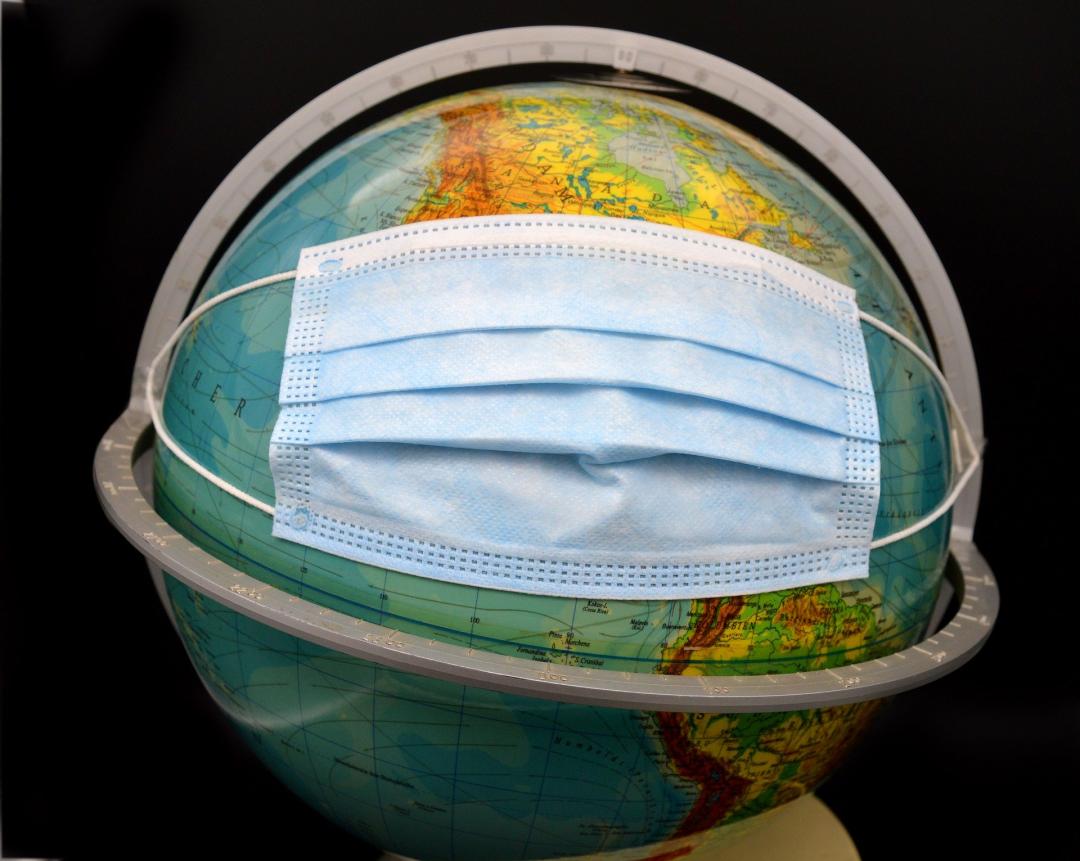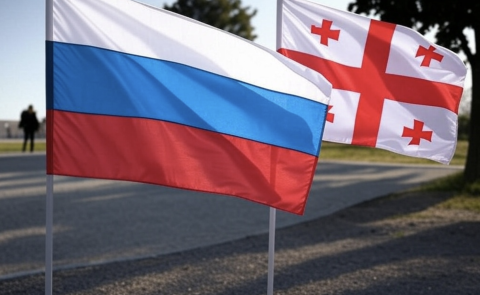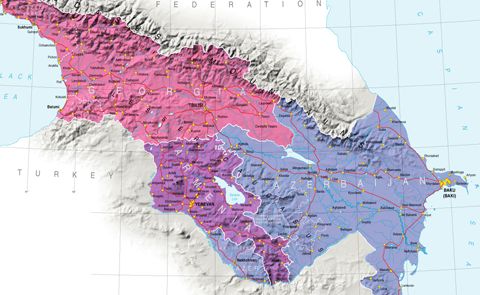
Georgian Way of Combatting the Coronavirus

Despite its small size and unstable economy, Georgia was one of the first countries to start taking active measures to counter the spread of the pandemic. This included closing schools and conducting widespread diagnostic tests. As will be argued below, Georgian response to the pandemic was a mixture of East Asian and West European models.
The single most decisive factor why Georgia stands out as a successful example in combatting the pandemic is a swift political action by the central government, which acted as soon as the country’s first case of coronavirus – a Georgian citizen who returned from Iran – was diagnosed, on February 26. The same day an inter-departmental task force was formed to coordinate the fight against coronavirus, made up of representatives of every major government agency, to manage the situation. Banning flights to/from Iran was announced. In the following days, flights to Italy, another hard-hit state, were also suspended.
All ministries drafted an action plan against the coronavirus. As the number of cases rose, schools and other educational institutions across the country were closed. Lockdown measures such as night time curfew and the suspension of public transport services (bus and metro) followed. On March 20th Georgia halted all passenger air traffic, including banning all non-resident foreign citizens from entering the country. Closure of restaurants, bars and shops apart from grocery stores, banks, petrol stations, pharmacies and post offices followed. Vehicles transporting essential goods were allowed to operate.
Moreover, inbound passengers were checked for high temperatures and were asked to provide exact information and contact details necessary in case they started experiencing symptoms at home. Those were essential measures as they allowed the government to track potential patients right from the state borders and airports. The government also set up a website with all the necessary information which reflected international scientific opinion and World Health Organization recommendations.
Though the above measures are standard in preventing a wide spread of any epidemic or infection, the swiftness of those actions was a decisive factor for success. Two additional instruments at the disposal of the Georgian government played a further stabilizing role. First is the role of the Richard Lugar Public Health Research Centre, part of the National Centre for Disease Control (NCDC). The laboratory has allowed Georgia to get test results in a very short time and trace the roots of the virus. The research center was constructed with funds from the US government and is a subject of widespread disinformation campaign emanating from Russia as to the laboratory’s role.
In Between the Asian and European Methods
Many features of the Georgian government’s handling of the pandemic are similar to the East Asian coronavirus management style. East Asian countries contained the spread of the virus below the vulnerable threshold by relying on preparedness, technology, and transparency. Evidence from Asia (Taiwan, Singapore and others) suggests an effective means to ensure the compliance of citizens to follow restrictive measures was to use modern AI technologies. Surely, Georgia lags well behind many Asian states in terms of technological advancements, but the country’s correct mobilization of available medical resources as well as an aggressive contact tracing strategy prevented the state from falling into the pandemic-related chaos similar to what has taken place in most European states.
Similar to some Asian states, Georgia also did not follow all the WHO guidelines. Quite often the WHO gave controversial recommendations such as not to limit international traffic or assumptions about face masks not being effective. Georgian scientists also changed one crucial WHO guideline by removing high fever from the list of suspicious symptoms. This allowed them to detect many more infection cases compared to strictly following the WHO guidelines.
There is also Georgia’s mindset in play. As in many Asian states, the country is used to crises, whether civil wars and the Russian invasion in 2008 or a difficult economic situation. These made it easier for the Georgian population to withstand limits on movement and endure a near total shutdown of economy with the ensuing economic hardship.
Surprisingly, draconian measures introduced by the Georgian authorities were in place much earlier than in most in of European states. The timing was crucial and since the European states did not introduce restrictive measures early enough, congestion of the healthcare system followed with thousands of patients entering the system daily in western Europe alone.
Take for example the Netherlands, which introduced almost no restrictive measures at the time when the spread of the pandemic became evident. Only flights from Wuhan (epicenter of the pandemic) were stopped. As a result, countries like the Netherlands and Belgium, far exceeding Georgia’s economic and medical potential, experienced thousands of deaths.
As in west European states, the Georgian authorities faced a challenge of putting the state on a complete lockdown and concerns as to how compliant citizens would be. The Georgian authorities decided to balance the individual responsibility every citizen shares with stricter central enforcement mechanisms – an effective mixture of European and East Asian models. Moderate use of surveillance technology plus transparent, comprehensive testing, quick quarantining and isolation of suspected cases, made the difference.
Even in its own region, the South Caucasus, which is characterized by near identical level of economic development, Georgia stands out as a good example of pandemic crisis management. Armenia, Azerbaijan, Russia, Turkey and Iran all have much higher number cases of infections and fatalities. The reasons for those differences should be found not so much in the size of economies of those states, but rather in the timing of restrictive measures and how far they were effectively implemented.
Georgia’s success story proves, as many analysts argued, that smaller states (with small population) could be less vulnerable to the pandemic. But it also shows that the timing of introduction of restrictive measures is more important and that relatively poor states could perform in a much effective way than larger, developed economies. Many argued that no concrete way of combatting the pandemic exists and that each state should adjust to its specific economic and medical needs as well as geography and other factors. However, as the Georgian case demonstrated, an effective application of East Asia and West European models serves as a good starting point for preventing the pandemic from hitting large population groups in the state. So far, this strategy proves to be effective as the government in Tbilisi has started to lift economic restrictions and the number of infections has not grown.
Emil Avdaliani specializes on former Soviet space and wider Eurasia with particular focus on South Caucasus and Russia's internal and foreign policy, relations with China, the EU and the US. He can be reached at emilavdaliani@yahoo.com.





